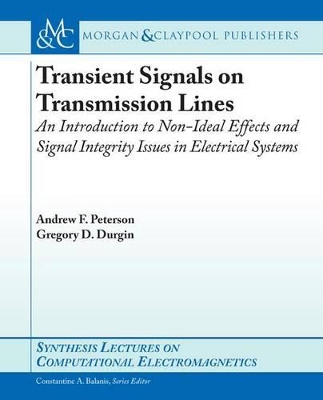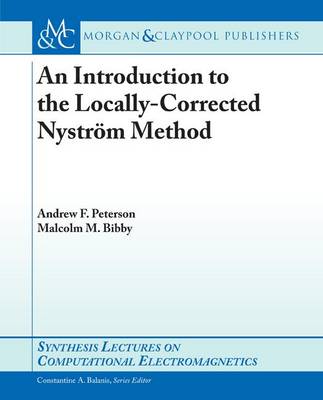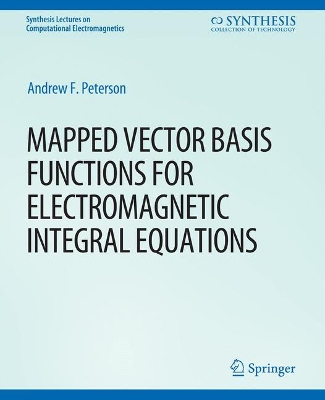Synthesis Lectures on Computational Electromagnetics
4 total works
Transient Signals on Transmission Lines
by Andrew Peterson and Gregory Durgin
Published 4 December 2008
This lecture provides an introduction to transmission line effects in the time domain. Fundamentals including time of flight, impedance discontinuities, proper termination schemes, nonlinear and reactive loads, and crosstalk are considered. Required prerequisite knowledge is limited to conventional circuit theory. The material is intended to supplement standard textbooks for use with undergraduate students in electrical engineering or computer engineering. The contents should also be of value to practicing engineers with interests in signal integrity and high-speed digital design.
An Introduction to the Locally-Corrected Nystrom Method
by Andrew Peterson and Malcolm Bibby
Published 6 November 2009
This lecture provides a tutorial introduction to the Nystroem and locally-corrected Nystroem methods when used for the numerical solutions of the common integral equations of two-dimensional electromagnetic fields. These equations exhibit kernel singularities that complicate their numerical solution. Classical and generalized Gaussian quadrature rules are reviewed. The traditional Nystroem method is summarized, and applied to the magnetic field equation for illustration. To obtain high order accuracy in the numerical results, the locally-corrected Nystroem method is developed and applied to both the electric field and magnetic field equations. In the presence of target edges, where current or charge density singularities occur, the method must be extended through the use of appropriate singular basis functions and special quadrature rules. This extension is also described.
Accurate Computation of Mathieu Functions
by Andrew Peterson and Malcolm Bibby
Published 1 September 2013
This lecture presents a modern approach for the computation of Mathieu functions. These functions find application in boundary value analysis such as electromagnetic scattering from elliptic cylinders and flat strips, as well as the analogous acoustic and optical problems, and many other applications in science and engineering. The authors review the traditional approach used for these functions, show its limitations, and provide an alternative ""tuned"" approach enabling improved accuracy and convergence. The performance of this approach is investigated for a wide range of parameters and machine precision. Examples from electromagnetic scattering are provided for illustration and to show the convergence of the typical series that employ Mathieu functions for boundary value analysis.
Mapped Vector Basis Functions for Electromagnetic Integral Equations
by Andrew Peterson
Published 31 December 2007
The method-of-moments solution of the electric field and magnetic field integral equations (EFIE and MFIE) is extended to conducting objects modeled with curved cells. These techniques are important for electromagnetic scattering, antenna, radar signature, and wireless communication applications. Vector basis functions of the divergence-conforming and curl-conforming types are explained, and specific interpolatory and hierarchical basis functions are reviewed. Procedures for mapping these basis functions from a reference domain to a curved cell, while preserving the desired continuity properties on curved cells, are discussed in detail. For illustration, results are presented for examples that employ divergence-conforming basis functions with the EFIE and curl-conforming basis functions with the MFIE. The intended audience includes electromagnetic engineers with some previous familiarity with numerical techniques.



